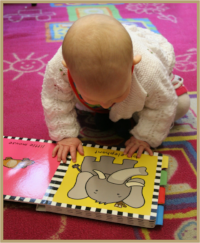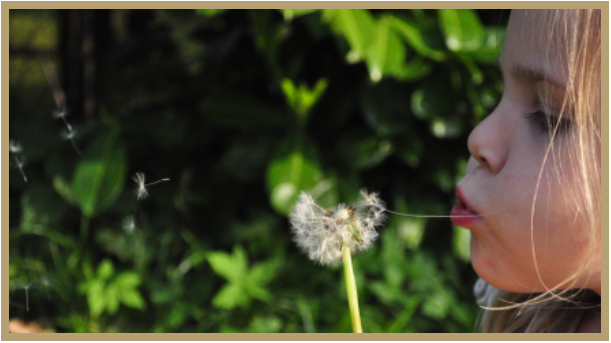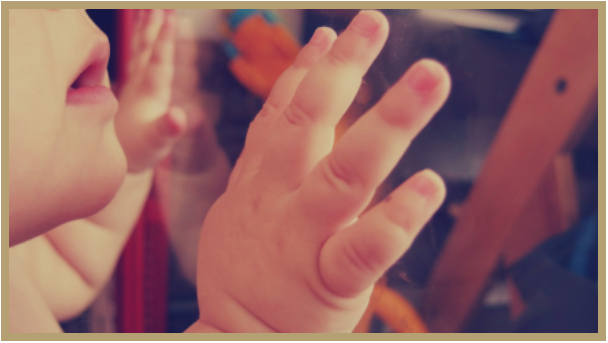Beyond the Basics: Indicators For a Higher Quality Program

In a quality child care environment, caregivers respond positively to differences in children's abilities, interests and experiences. Children with and without disabilities develop an appreciation of each other and of individual differences. The focus is on planned developmental activities - individualized or in small groups. The environment will provide needed predictability and routine, as well as novelty and stimulation. Your child will grow and learn physically, emotionally, intellectually, and socially alongside his/her peers. You and your child's caregivers will develop a mutually respectful communication system, building and enhancing understanding and trust, leading to optimal development of your child.
A program should offer...
- A low rate of staff turnover
- Better staff/child ration than required
- A written curriculum
- Daily or weekly activities that will help children learn
- Age-appropriate materials that are accessible to the children
- Quality books that are culturally diverse
- Manipulative toys such as blocks and puzzles
- Creative materials such as crayons, paint, paper, and paste
- Riding toys, climbing structures, pull toys and balls
- Space for running, jumping and quiet time
- Grown-up clothes, household items, and dolls for dramatic play
- Music activities such as singing, dancing, and simple instruments
- Toys that are culturally sensitive
- Opportunities to explore nature
- Time for individual and small-group play
- A balance between outdoor play and indoor activities
- Field trips to parks, the library and other places of interest



